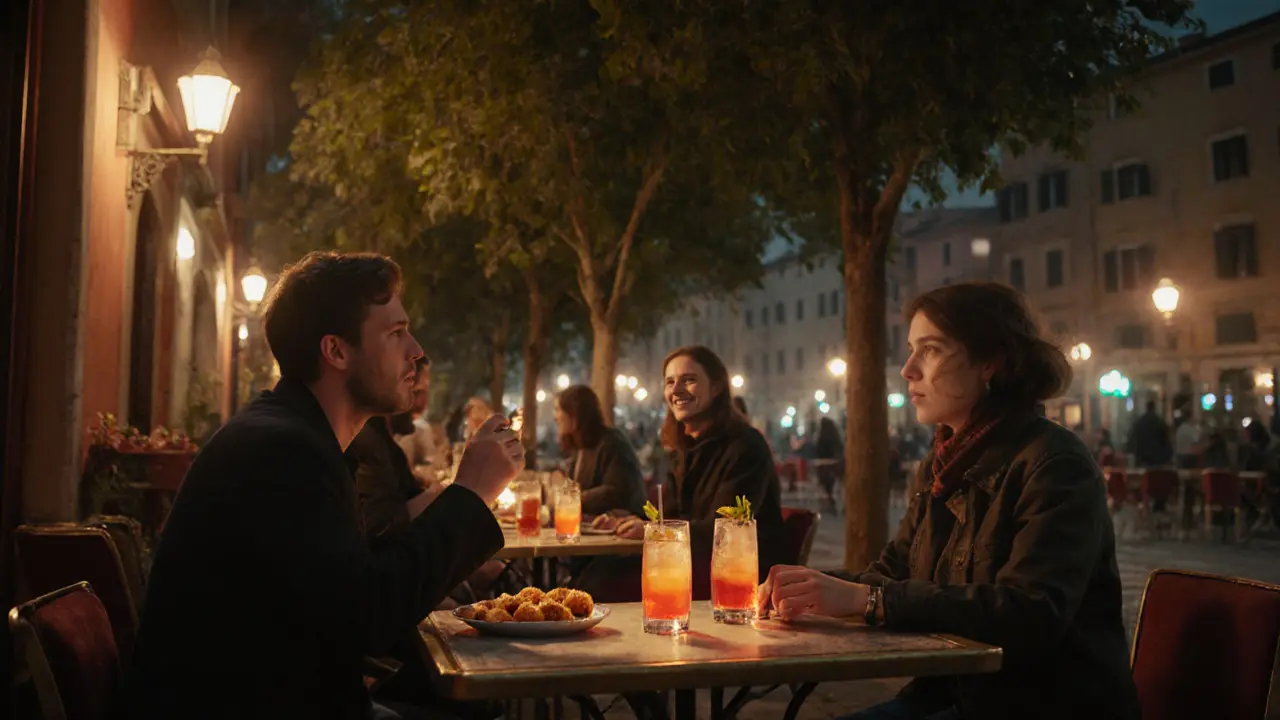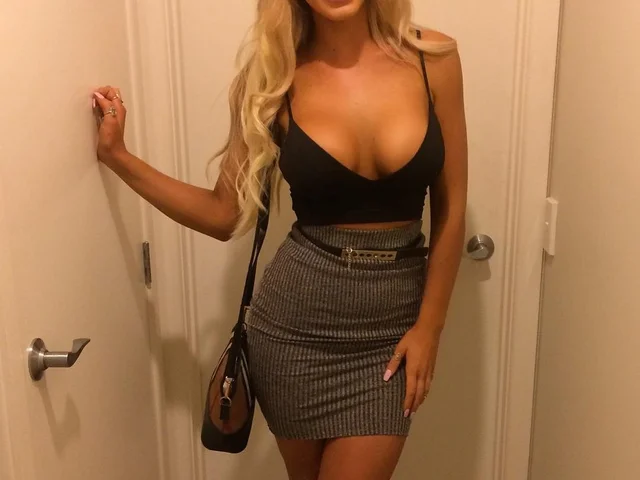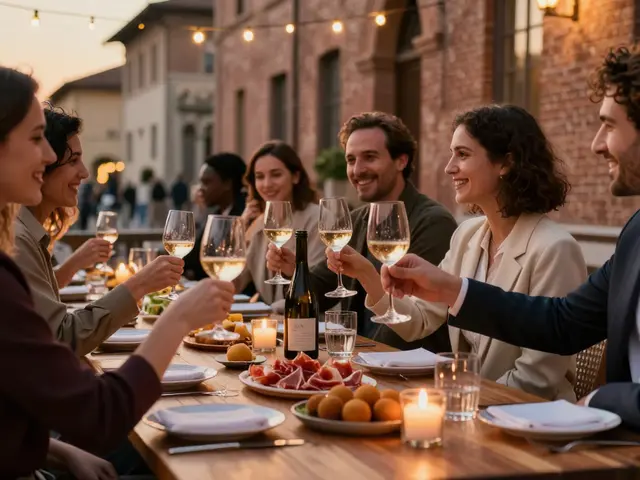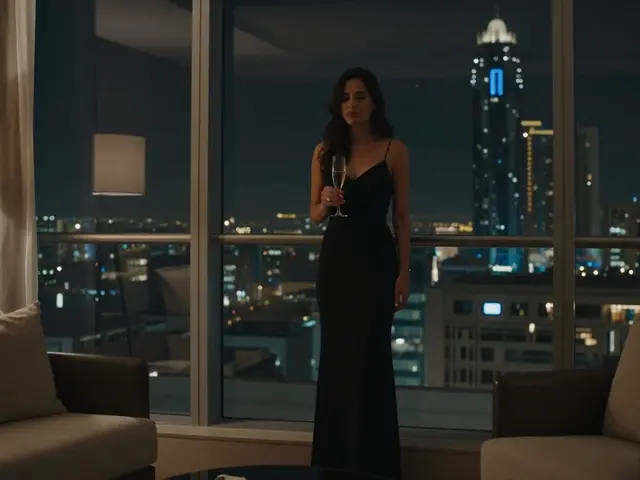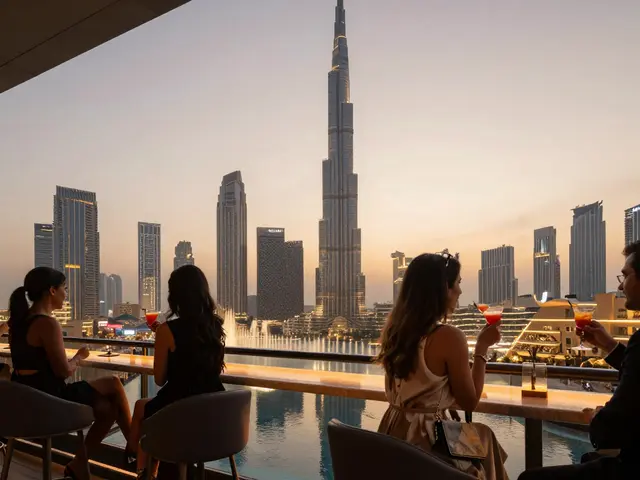Milan doesn’t just sleep when the sun goes down. While it’s famous for fashion and design, the city’s after-dark scene is just as sharp, stylish, and full of energy. Forget the old idea that Italians head home early-Milan’s nightlife runs deep, from hidden speakeasies to rooftop dance floors that stay open until dawn. Whether you’re into craft cocktails, underground techno, or buzzing aperitivo crowds, there’s a corner of the city waiting for you.
Where the Locals Go: Navigating Milan’s Neighborhoods
Not all of Milan’s nightlife is the same. Each neighborhood has its own rhythm. Brera is the go-to for wine lovers and intimate bars. It’s cozy, romantic, and packed with locals sipping Aperol spritzes at outdoor tables well past 11 p.m. The streets here feel like a scene from a movie-dim lights, vintage decor, and the sound of Italian chatter.
Porta Venezia is where the young, creative crowd hangs out. It’s got a multicultural vibe, with bars that serve everything from Thai cocktails to vegan tapas. This is the place to find indie DJs spinning vinyl in basements and pop-up art galleries that turn into dance clubs after midnight. You’ll spot students, artists, and expats all mingling under neon signs.
If you’re after the real club scene, head to the Zona Tortona area. This former industrial zone has been transformed into Milan’s nightlife epicenter. Warehouses now house massive clubs like La Scala and Magazzini Generali. These aren’t your typical tourist traps-they’re serious venues with world-class sound systems and international DJs. The crowd here is fashion-forward, but not snobby. You don’t need a designer outfit to get in-just confidence and a willingness to move.
Aperitivo: The Italian Way to Start the Night
You can’t talk about Milan nightlife without mentioning aperitivo. It’s not just a drink-it’s a ritual. Between 7 p.m. and 9:30 p.m., bars across the city offer drink-and-food combos. Pay for a cocktail, beer, or glass of wine, and you get access to a buffet of snacks: mini sandwiches, arancini, cheese platters, salads, even hot dishes like lasagna or risotto.
Some spots go all out. Terrazza Aperol on Piazza XXV Aprile gives you a view of the Duomo while serving unlimited snacks. Bar Basso, the birthplace of the Negroni Sbagliato, is a legend-pack a jacket, because the line often wraps around the block. You’re not just drinking here; you’re stepping into history.
The key? Arrive early. By 8:30 p.m., most popular spots are full. Grab a table, order your drink, and stay for the whole spread. It’s cheaper than dinner, more fun than a pub crawl, and the perfect warm-up for the night ahead.
The Clubs: From Underground to Elite
When the clock hits 11 p.m., Milan’s real party begins. The city has two distinct clubbing cultures: the underground scene and the high-end VIP spots.
For the underground, head to Officine Grandi Riparazioni (OGR). It’s a massive former train repair shop turned cultural hub. On weekends, it hosts techno and house nights with artists from Berlin, Detroit, and Tokyo. The vibe is raw, the bass is loud, and the crowd is there for the music-not the Instagram pose. Entry is usually under €15, and you won’t find bouncers checking your watch.
For a more glamorous night, try Magazzini Generali or La Scala. These are the places where Milan’s elite come to see and be seen. Dress code is strict-no sneakers, no shorts, no baseball caps. Expect to wait in line, pay €20-€30 cover, and maybe get invited to a VIP table if you’re lucky. The music? Top 40, house, and hip-hop, all mixed by international DJs. It’s not about subtlety-it’s about spectacle.
There’s also Ex Baracca, a tiny, no-frills basement club near Porta Romana. No sign outside. No website. Just a door with a red light. Inside, it’s all vinyl, dim lighting, and a crowd that’s been coming for 15 years. This is where you’ll hear rare disco edits and deep house cuts you won’t find anywhere else.

Hidden Gems: Secret Spots Only Locals Know
Some of Milan’s best nights happen in places you won’t find on Google Maps. Look for unmarked doors, back alleys, and buildings with no signage. These are the spots that keep the city’s nightlife alive.
La Vite is a wine bar tucked above a bookstore in Brera. You won’t find cocktails here-just 50+ Italian wines by the glass, served with handmade focaccia. The owner, Marco, knows your name by the third visit. He’ll recommend a Barolo if you’re feeling bold, or a light Pinot Grigio if you just want to unwind.
Bar Basso is famous, but its sister spot, Bar del Fico, is quieter and just as good. It’s a tiny, candlelit bar with a single bartender who mixes drinks with herbs from his rooftop garden. Try the “Milanese Sunset”-gin, elderflower, rosemary, and a splash of sparkling water. It’s not on the menu. You have to ask.
And then there’s Loft 21, a rooftop lounge above a parking garage in the Porta Genova district. Open only on weekends, it’s got a view of the city skyline, a jazz trio playing live, and no dress code. You can show up in jeans and still feel like you belong.
What to Know Before You Go
Milan’s nightlife is welcoming-but it’s not casual. Here’s what you need to know before stepping out:
- Timing matters. Bars fill up after 9 p.m. Clubs don’t get busy until midnight. Don’t show up at 10:30 p.m. expecting a packed dance floor.
- Dress code varies. In Brera and Porta Venezia, casual is fine. In Zona Tortona and upscale clubs, smart casual is the rule. No flip-flops, no sportswear.
- Cash is still king. Many small bars and underground clubs don’t take cards. Keep €20-€30 in your pocket.
- Transportation ends early. The metro stops around 1 a.m. Taxis are reliable but expensive. Use Bolt or Uber-they’re cheaper and faster.
- Don’t expect loud music everywhere. Many bars play Italian pop or jazz. If you want EDM or hip-hop, go to the clubs.

Seasonal Highlights
Milan’s nightlife changes with the seasons. In summer, rooftop bars like Terrazza Aperol and La Terrazza at the Four Seasons come alive. Outdoor seating fills up, and DJs play until 3 a.m. It’s the best time to be out.
Winter brings cozy, intimate vibes. Candlelit wine bars, heated terraces, and jazz lounges dominate. Bar Basso and La Vite are perfect for cold nights. Some clubs even host themed parties-think masquerade balls or vinyl-only nights in December.
Spring and fall are the sweet spots. The weather is mild, the crowds aren’t overwhelming, and the city feels alive without being chaotic. If you can only pick one season to visit, aim for May or September.
Final Tip: Don’t Just Follow the Tourist Maps
The best nights in Milan aren’t the ones you plan. They’re the ones you stumble into. Ask the bartender where they go after their shift. Talk to the person next to you at the aperitivo bar. Follow the music drifting from an alley. Milan’s nightlife isn’t about checking off clubs-it’s about feeling the pulse of the city after dark.
So skip the Instagram lists. Skip the tour groups. Walk a little further. Turn down that unmarked street. You might just find the best party in the city-and no one else will even know it exists.
What time do clubs in Milan usually open and close?
Most bars start getting busy around 9 p.m., with aperitivo crowds peaking by 8:30 p.m. Clubs typically don’t fill up until midnight and stay open until 3 a.m. or later. Some underground spots like OGR and Ex Baracca might run until 5 a.m. on weekends.
Is Milan nightlife expensive?
It depends on where you go. Aperitivo drinks with snacks cost €12-€18. Underground clubs charge €10-€15 cover. High-end venues like La Scala or Magazzini Generali can be €25-€40, especially if you want a table. But you can easily have a great night for under €30 if you stick to local favorites.
Do I need to speak Italian to enjoy Milan nightlife?
Not at all. English is widely spoken in bars and clubs, especially in tourist areas. But learning a few phrases like “Un Aperol, per favore” or “Grazie” goes a long way. Locals appreciate the effort, and it often gets you better service or even a free snack.
What’s the best night to go out in Milan?
Friday and Saturday are the busiest, with the biggest crowds and best DJs. But Wednesday and Thursday nights are perfect if you want to avoid lines and still enjoy great music. Many clubs host special theme nights midweek-check Instagram pages of your favorite spots.
Are there any age restrictions in Milan clubs?
Yes. The legal drinking age is 18, and most clubs enforce this strictly. You’ll need to show ID, even if you look older. Some venues, especially VIP clubs, have a 21+ policy. Always carry a passport or EU ID card.
